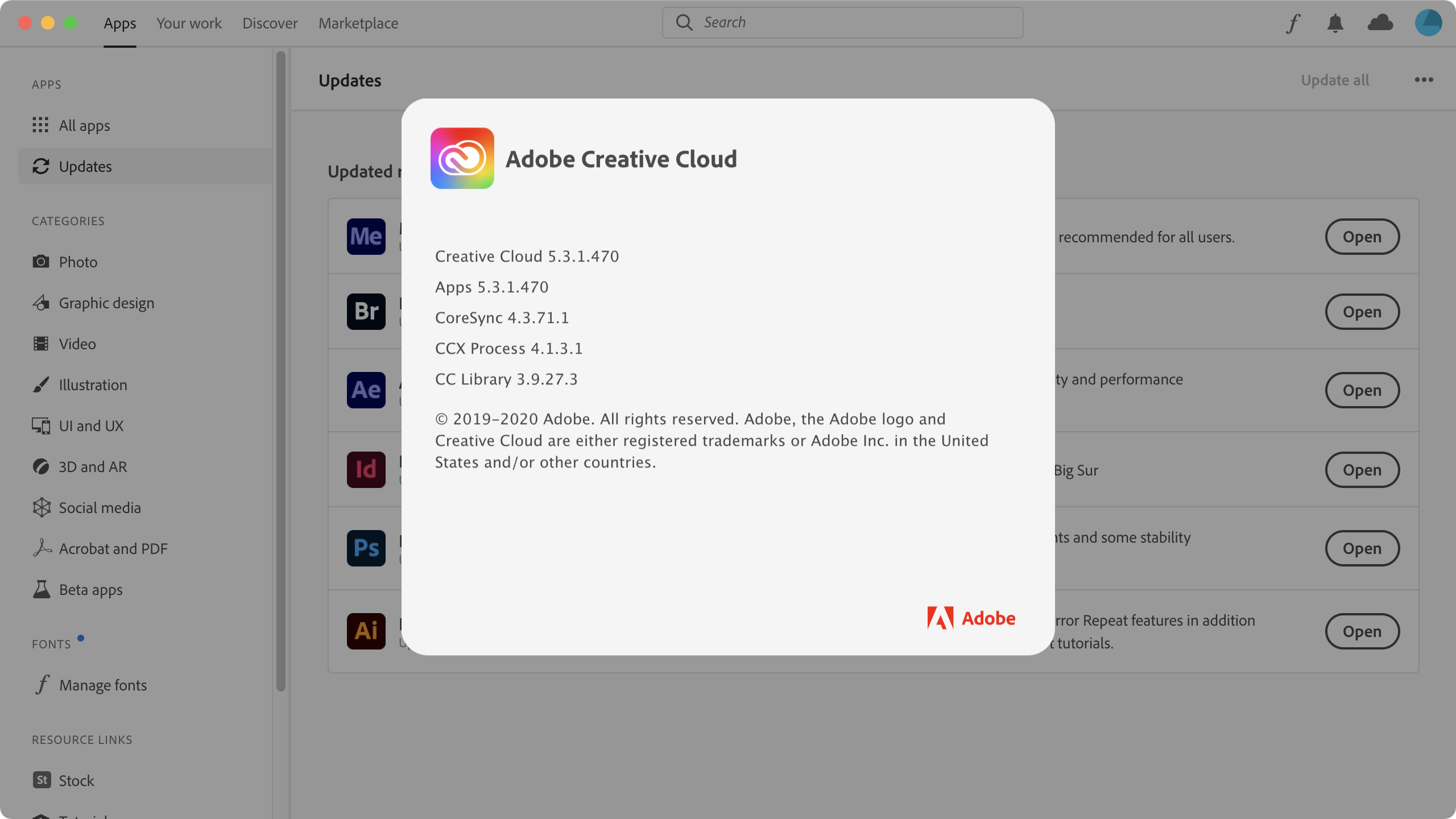

- #Mac cloud outliner problem updating how to
- #Mac cloud outliner problem updating pro
- #Mac cloud outliner problem updating mac
The Nigerian Prince email - we’ve ALL had this one (or variations of it.) You’re informed that a certain someone died without leaving a will, and there’s $50 million sitting unclaimed in a bank.You are then told there is an issue with your account, and you need to sign in to ‘verify your details.’ Of course, they give you a handy sign-in link that goes straight to their website. Phishing (pronounced ‘fishing’) - this is when you’re sent an email made to look like it came from a trusted company (your bank, insurance company, employer, etc.).But here are the common ones that stick around like a bad smell and make it difficult to stay safe online. Online scams and dangers come and go, and some evolve into something else entirely. It on and immediately press and hold these four keys together: Option,Ĭommand, P, and R.Let’s start with outlining some of the threats currently doing the rounds online today. If you experience issues related to these settings or others, resetting NVRAM might help
#Mac cloud outliner problem updating mac
The settings stored in NVRAM depend on your Mac and the devices that you’re using with your Mac. Settings that can be stored in NVRAM include sound volume, display resolution, startup-disk selection, time zone, and recent kernel panic information. PRAM (Parameter RAM) stores similar information, and the steps for resetting NVRAM and PRAM are the same. NVRAM (nonvolatile random-access memory) is a small amount of memory that your Mac uses to store certain settings and access them quickly. You can also press and hold the power button for 5 seconds.
#Mac cloud outliner problem updating how to
How to reset the SMC on Mac desktop computers Press and hold the power button for 5 seconds.Press the power button again to turn on your Mac.
#Mac cloud outliner problem updating pro
Press Shift-Control-Option on the left side of the built-in keyboard, then press the power button at the same time. Hold these keys and the power button for 10 seconds. If you have a MacBook Pro with Touch ID, the Touch ID button is also the power button.Choose Apple menu > Shut Down and wait for your Mac to shut down.Mac notebooks that have non removable batteries include MacBook Pro (Early 2009 and later), all models of MacBook Air, MacBook (Late 2009), and MacBook (Retina, 12-inch, Early 2015 and later). To reset the SMC on a Mac notebook, first determine whether the battery is removable. Most older Mac notebooks have removable batteries. Selecting an external (instead of internal) video source for some iMac displays.Status indicator light (SIL) management.Responding to the display lid opening and closing on Mac notebooks.Responding to presses of the power button.The SMC is responsible for these and other low-level functions on Intel-based Mac computers: Reset the System Management Controller (SMC) on your Mac To leave safe mode, restart your Mac without pressing any keys during startup. If your startup disk is encrypted with FileVault, you might be asked to log in twice: once to unlock the startup disk, and again to log in to the Finder. Release the Shift key when you see the login window.If you don’t see the Apple logo, learn what to do. Start or restart your Mac, then immediately press and hold the Shift key.A forced shutdown should only be used if all else fails. The Mac should be safely restarted, that is to say it should be done by selecting the appropriate restart menu, and not by forcing a shutdown by holding the power key. If something had crashed or a particular function was having trouble working, most times a restart will fix it. Restarting your computer boots the operating system again. As cliché as it sounds, it does have its merit.


 0 kommentar(er)
0 kommentar(er)
